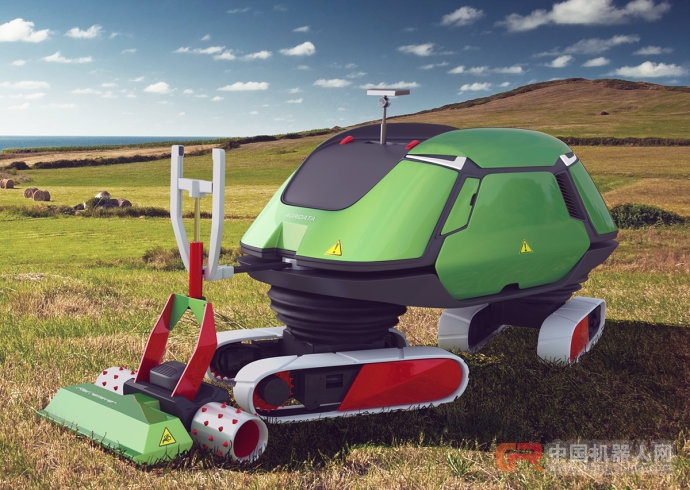
Susan Eustis of the Evergreen Institute in Lexington, United States, said: “In 1950, every farmer must provide enough food for ten residents. But by 2014, one farmer will need to satisfy the food of 150 residents. Demand. In the next decade, we believe that technological advances will allow each farmer to provide enough food for 500 people." In addition, Euths predicts that by 2020, global agriculture will invest US$25 billion in robots every year. This does not include Drones that have been used in agriculture. It can be seen that the current agricultural upgrading driven by robotics is opening up new space for the improvement of peasant life. Whether it is the United States, Germany, the United Kingdom, France and other developed countries, or the developing countries represented by China, agricultural robots are showing a flourishing development trend. The imagination of the market space is full. In Japan, its research on agricultural robots has focused on research strengths and jointly implemented development plans. It currently ranks first in the world. As early as 1995, the number of private agricultural machinery manufacturers participating in the daily report reached 41. The object of the study is not only agricultural machinery but also the development of production materials such as fertilizers and pesticides related to the efficiency of mechanized operations. The setting of the research project involves vegetables, dry paddy fields, livestock products and fruit trees. In the United States, research and application of agricultural robots are at the forefront of the world. Although it is currently impossible to automate the entire process of agricultural farming, 80% of large farms in the United States have popularized the “Agricultural Internet of Things+Robot” technology, and even some products have been personalized. For example, a farming robot company in Minnesota, USA, has developed a unique fertilizing robot that can formulate different fertilization strategies based on the actual conditions of different types of soil. Since the robot can scientifically match the optimum amount of fertilization, almost no fertilizer waste will occur, which will significantly reduce agricultural costs. And robots that are well-versed in fertilizers also know how to fertilize them to minimize the impact on the environment. In the UK, the Hilson Agricultural Machinery Research Institute has developed a robot that can pick mushrooms at high speed. Its picking efficiency is twice that of manual picking, and 40 mushrooms can be picked per minute. The robot uses visual image analysis software to identify the number and grade of mushrooms, then uses an infrared distance meter to measure the height of the mushroom, and then the vacuum suction handle determines the required bending and twisting force according to the calculated conditions, thereby automatically completing the process. Mushroom picking. In France, agricultural robots were first applied to vineyards because of the prosperity of the wine industry that led to the development of the grape growing industry. Wal-Ye is an agricultural robot developed specifically for the vineyards. From plant pruning, monitoring soil conditions to managing the health of vines, all plantation workers can do Wal-Ye. In China, agricultural robots started relatively late. They are still at the initial stage of research and development and are still in the experimental stage of application. On October 9th, the Ministry of Agriculture formally approved Zhejiang to create a national “machine substitution” demonstration province. The reason why the experimental field was located in Zhejiang was because of the development mechanism, it established the socialization service mechanism for agricultural machinery based on the common utilization of agricultural machinery, and it was also one of the first provinces in the country to begin exploring this mechanism. The Ministry of Agriculture is now implementing a "machine-for-machine substitution" in Zhejiang Province as a precedent, and it will be implemented throughout the country in the future. It can be seen that agriculture, which is the primary industry based on a hundred industries, has huge room for intelligent transformation. In general, agricultural robots can improve the efficiency of crop production, reduce farmers' heavy farm work, and play a very important role in the future of modern agricultural construction. With the advancement of science and technology, agricultural robots will play a decisive role in relieving human-land conflicts, deterioration of the natural environment, and aging population.
LED Emergency Lamp, 5w LED Emergency Lamp,Rechargeable LED Emergency Lamp, Energy Saving LED Emergency Lamp
LED Downlight Co., Ltd. , http://www.satisledlight.com
没有评论:
发表评论